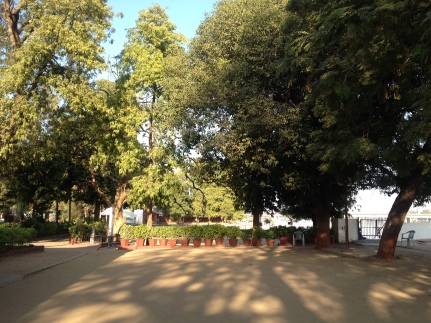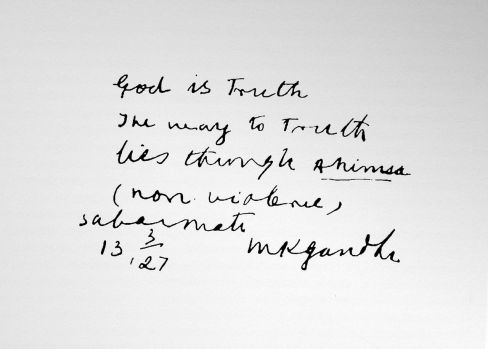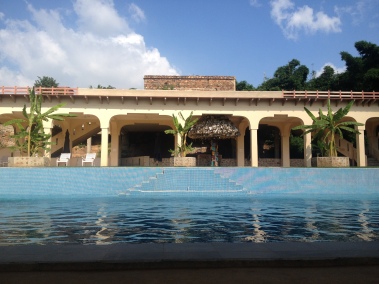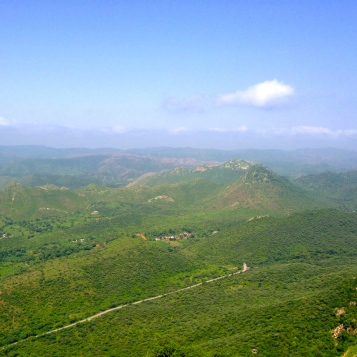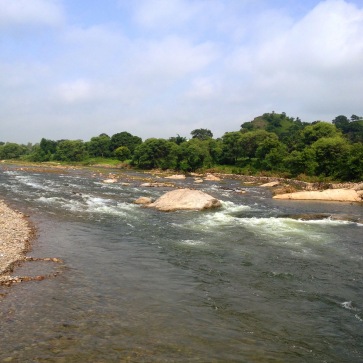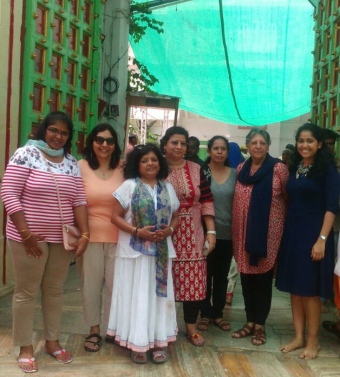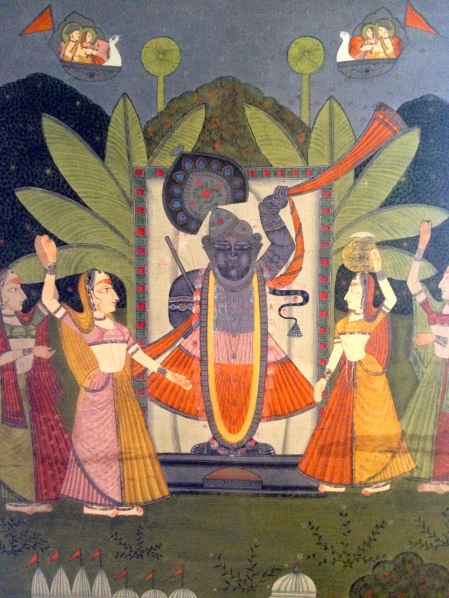It was a strange kind of day yesterday. One that made me wade through a multitude of emotions and yet when I went to sleep I felt kind of peaceful. Waking up today was a feeling of something overcome, a hurdle crossed. Had I seen any obstacle? I’m not sure. Maybe there was. One in the subconscious? Whatever it was today felt like a new day.
Yesterday was Easter and it brought back memories of the time I studied in a missionary school. Easter Eggs and Enid Blyton were the mainstays of a life back then. Simple and straightforward.
Yesterday was also the 2272nd birthday of Rome. Rome, la citta eterna, my second home. A country I love almost a much as I do my own for the experiences it has brought me. For the warmth with which it has embraced me. For the love and security it has showered me with. (Rome was founded in the BC!! and is still so alive).
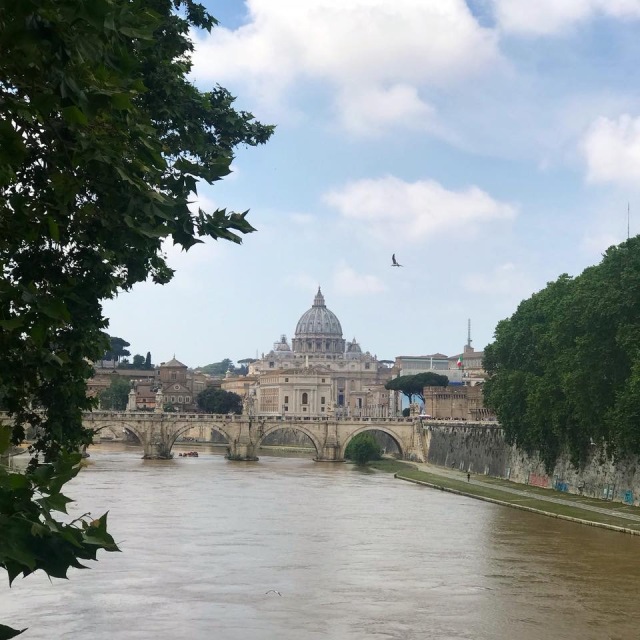
Yesterday was also the death anniversary of my father. Seventeen years ago my life had taken a turn when the parent who gave me life lost his fight with his own almost in my lap. I can now think of him without a numb pain and yet I feel that deep hollow ache in the bottom of my heart . Together with replaying that one night was also a deepened sense of loss: a year that my brother passed on to another world. I miss him more than I do my Dad. Is that wrong? I feel him more than I do my Dad? Is that wrong?

Yesterday I also happened to visit an exhibition on the life of Anne Frank being held at the India International Centre, New Delhi in collaboration with the Embassy of Israel and Embassy of Netherlands. Anne Frank: my heroine of my growing up years. I must have read and re read and read over and over again the diary that she kept. It had made me realise the importance of communication, the ways a diary could be a friend, how one could be happy with one’s own self; and how one could make the most out of a difficult situation. Difficult? Hers was hopeless. And yet her writings spark of positivity.
I remember the time I first visited the Anne Frank Haus in Amsterdam, The Netherlands. It was the year 1990 and I was but a young girl all of 25. I had tiptoed through the home-now-a-museum in tribute, in homage to a brave young girl. When I walked behind the bookcase which hid the Annexe where the Frank family had remained in hiding; when I climbed up the stairs to that dark, desolate, windowless room it was like reliving Anne’s words. I could feel each of them pounding loudly in my head.
Which is also what I felt yesterday as I made my way through the exhibition. I wonder why exhibitions come and go but are hardly accorded any publicity. This was one which should have had scores of people queuing up to read the accounts and see the photographs. And yet, I was the only one in this large hall on the second floor, in an impersonal room reliving a childhood that never grew up; and reliving mine which is now hovering somewhere on the brink between middle age and old age.
So what made me so at peace by the end of the day? Could it be that I had gone through such a whirlwind of emotions that I could feel no more? Could it be that my love for Rome (and Italy) surpassed all the sadness? Could it be that reliving a childhood brought back so many happy memories that that joy brushed aside the misgivings of an older life? Or could be that once home, by myself, I watched the fag end of the film, “The Fault in our Stars“. Serendipity that as I switched on the television I began watching the film from the time the young couple arrive in Amsterdam to meet an author and end up at Anne Frank Haus. The film, sad as it is, again is one laced liberally with hope and positivity. The last lines struck me : ” You don’t get to choose if you get hurt in this world ; but you do have some say in who hurts you”.
I like my choices.


















